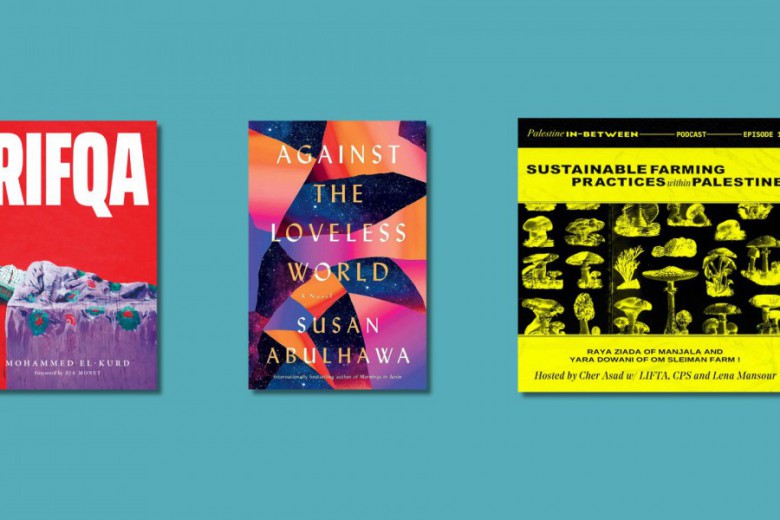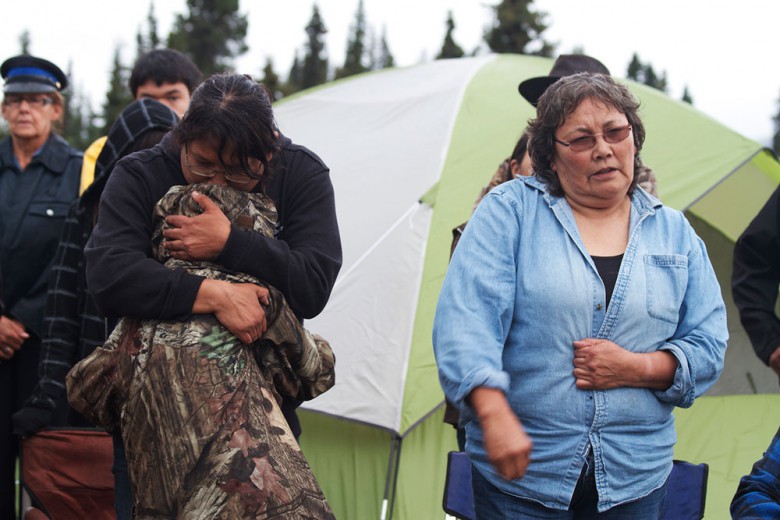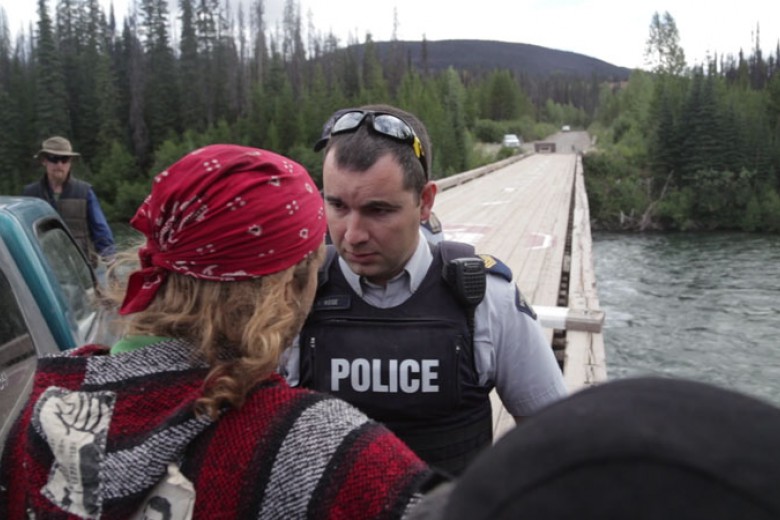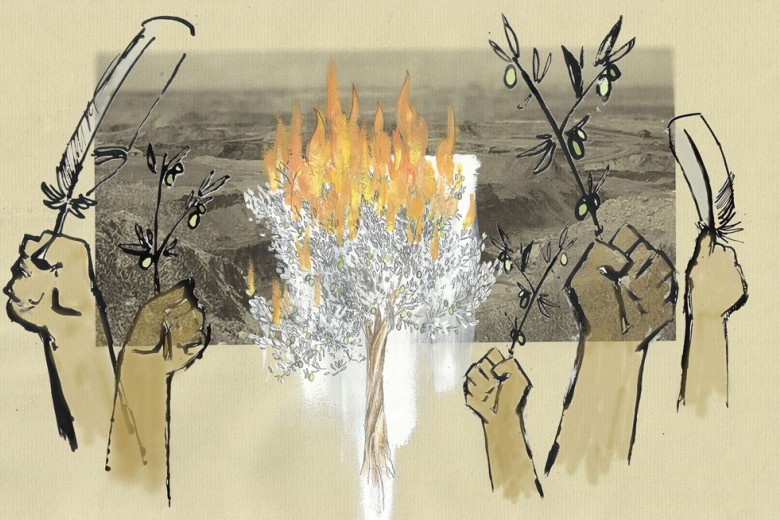Treaties are foundational agreements that provide a common framework for peaceful co-existence between First Nations and settlers. Some “treaty abolitionists” argue that treaties grant particular individuals special rights and privileges, creating inequality in our community—and therefore that “treaty rights” should be taken away. But they forget that we are all, in fact, treaty people. Treaties are two-party agreements that bestow rights and obligations upon both parties. Settlers too were granted generous treaty rights that they would be foolish to abrogate.”
A couple of years ago, I took a Native Studies class at the University of Saskatchewan that revolutionized my thinking about treaties. Professor Patricia Monture asked us, who here has treaty rights? I did not raise my hand. Neither did any of the other white students. About half the class raised their hands, and all were registered Indian students. I did not think twice about it. Treaty rights were something for Indians, something Indians talked about. I was not Indian; I was white; obviously I did not have treaty rights. Who ever heard of treaty rights for whites? For settlers? It all seemed so obvious.
But Professor Monture pointed out that treaty rights belong to everyone living in this territory. Settlers have treaty rights just as plainly as First Nations do. The treaty rights possessed by whites and other settler nations are different than those possessed by First Nations, but each of us here possesses treaty rights that determine our relationship to this territory.
Following the precedent of the peace and friendship treaties in eastern Canada, the Canadian government decided to negotiate treaties on the prairies for the benefit of the emerging settler nation. Before the Canadian State could establish its claim over the prairie territories (and thereby protect the region from American expansionism), Canadian and British law, as well as the predominant constructs of International law, required the negotiation of treaties with the First Nations inhabitants. Treaties were the glue that connected the territories needed to build a transcontinental nation-state.
Treaties provided a framework for peaceful settlement—for good relations between First Nations and settlers—in the growing nation. Knowledge of the American experience reaffirmed Canada’s commitment to follow the treaty-based model of nation building. During the 1870s, the United States government attempted to conquer the American West in the so-called “Indian Wars.” These wars almost bankrupt the American government, costing, on average, $25 million a year – an amount beyond Canada’s total annual budget at the time. On the prairies, First Nations had already been asserting their title over the territory, and insisting on a treaty to acknowledge their prior occupation of the land. The Canadian and British governments judged treaties to be more economical and ultimately more conducive to peaceful relations than conquest. Across the prairies and the North, the “numbered treaties” (Treaties 1-11) were negotiated between 1871 and 1921.
These treaty agreements established an ongoing relationship between settlers (and their descendants) and First Nations (and theirs), where each group asserted rights and responsibilities in relation to the other. Treaties were to last “as long as the sun shines, the grass grows, and the river flows.” Although these words fit well with First Nations’ world-view, they are in fact the words of the first Treaty Commissioner Alexander Morris. In establishing a treaty, the Crown and the First Nations understood themselves to be forming an ongoing relationship for the benefit of both parties.
Today, most discussion of this relationship focuses on one side of the equation: the First Nations, and the legitimacy or illegitimacy of their treaty rights. To attempt to restore some degree of balance to the discussion of treaties, it’s important to look at the often un-acknowledged rights that treaties provide for members of settler nations. According to the Cree accounts of the Treaty 6 agreement in modem-day central Alberta and Saskatchewan, and as I understand it, treaties provides settlers with the following five basic rights.
Right to One’s Own Religion
When the time came to negotiate treaties, the First Nations first emphasized that each society would continue to maintain its own spiritual traditions. In First Nations’ culture, respecting the Creator is primary, and First Nations negotiators wanted clarification that their relationship with the Creator would not be altered by treaty. Both sides agreed to respect the other’s spiritual tradition and beliefs. Elder Peter Waskahat of Frog Lake First Nation tells the story of the agreement:
[At time of treaty an Elder says:] First of all we will promise one another. You came here. I have my own way of worship and a way of how I live each and every day. Do you agree that you will respect this way of life that I have?
The Commissioner said, Yes. When I arrived on your land I have agreed that I will take care of god’s children and I am not here to make you suffer. I have come here to make good relations with you and to be a brother to you.
The Elder replied: I will also respect your way of life, your religion, and we will both respect each other. Thus in treaty, each society recognized the right of the other to its own form of spirituality.
Right to Share the Land
Following these assurances of mutual respect for spiritual space, First Nations extended rights to share the land. Settlers were given freedom of movement throughout the shared portions of the territory, and the right to settle the land, with the exception of the reserves, which are to this day maintained for exclusive use by First Nations. This right of occupancy should not be understood as a blanket right of unlimited jurisdiction, but rather, as permission for settlers to enter the prairies and build communities with our own spiritual and economic connections to the land, governed by our own political systems.
Right to Agricultural and Economic Activities
On this shared territory, the First Nations granted settlers the right to an independent economy based on agriculture. First Nations permitted settler economic activities outside reserves to operate outside First Nations’ control. Thus, settlers were allowed to import for sale in their own communities those commodities they desired, and settlers were free to sell what they produced by their own labour.
Settlers thus gained access to resources to support their domestic needs and agricultural endeavours. According to Elder Peter Waskahat,
The Commissioner had said, it is not all your land I am interested in. Only the places where my people will be coming on those lands down to the depth of a plough, that is what I am asking for. The minerals you will continue to be the owners of that. The timber I only want for my personal use or for use on my farmland.
As with timber, settlers received rights to water for agricultural and domestic use.
The treaty agreement did not entitle settlers to freely access the natural resources renewable or non-renewable, surface or sub-surface located in the shared territory. “All the sub-surface resources such as oil still belong to us. We never negotiated these rights away,” points out Elder Victor Metchatis.
Right to Political Self-Determination
Each nation holds the right to make decisions through its own political structures. In establishing treaties to share this territory with us, First Nations recognized us as a sovereign nation equal to their own nations. According to Cardinal and Hildebrandt in their book Treaty Elders of Saskatchewan, the treaties “expanded the First Nations sovereign circle, bringing in and embracing the British Crown” (41). For First Nations, the treaty arrangements recognized and respected the self-determination of each distinct nation.
Peaceful co-existence requires that we first recognize our interconnectedness, and then work together to fulfill the potential for harmonious co-existence to which the treaty process was dedicated.
Similarly, in signing treaties the Crown formally recognized the sovereign status of First Nations. Elder George Cannepotato explains how each community was recognized in the treaty ceremony:
The treaty Commissioner had come over to shake [First Nations negotiators’] hands’, and the Commissioner offered to be related to them, and he wanted the rest of the white people to have a relationship with them. In our way we made those commitments.
In choosing to be related, First Nations and settlers recognized both their connectedness and their distinctness. As cousins, there is a responsibility to respect and honour our relationship to each other, but as cousins, we are also separate, each following our own path. Neither relative possesses the authority to direct the other. Thus, the treaty relationship recognized both settler and First Nations communities as possessing their own rights to self-determination according to their own traditions.
Traditions are dynamic, of course, and the legal structures of a society will shift with changing realities. However, instead of trying to disconnect ourselves from the obligations of the past, we must revisit the traditions and agreements of our ancestors to understand how they should guide us in our relations today.
Right to Peace and Goodwill
The final settler treaty right—the simplest yet the most important—is the right to peace and goodwill. It was in the interests of peaceful settlement that the settler government chose to pursue treaties. It is both our right and our responsibility to fulfill this potential by working to respectfully support the self-determination of all peoples. Elder Norman Sunchild defines a treaty as “okimaw miyowicihitowiyecikewin, witaskeosihcikewin—an agreement between the sovereign leaders to establish good relations and to live together in peace.” Peaceful coexistence requires that we first recognize our interconnectedness, and then work together to fulfill the potential for harmonious co-existence to which the treaty process was dedicated.
It is this understanding of relatedness, of being lovingly adopted by the First Peoples of this land, that should be the most provocative enticement for settlers to follow the protocols of good relations. A better society is possible if we allow ourselves to use the treaties as a guide.
—
Elders’ accounts of the treaties quoted in this article are drawn from the following books:
Treaty Elders’ of Saskatchewan: Our Dream is that our Peoples will One Day be Clearly Recognized as Nations. H. Cardinal & W. Hildebrandt, University of Calgary Press, 2000.
In Honour Bound. Onion Lake and the Spirit of Treaty Six. The International Validity of Treaties with Indigenous Peoples. International Work Group for Indigenous Affairs, 1997.






